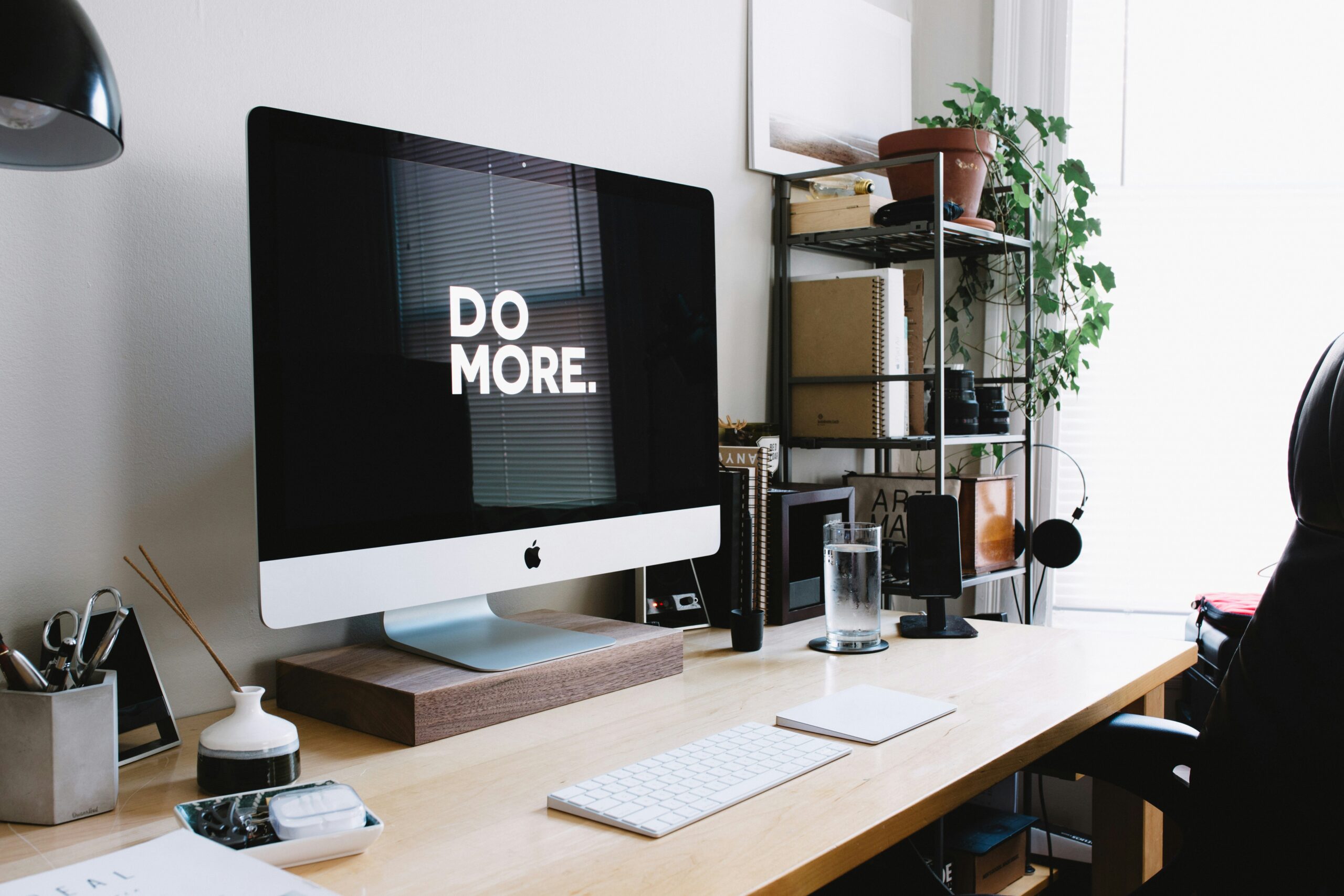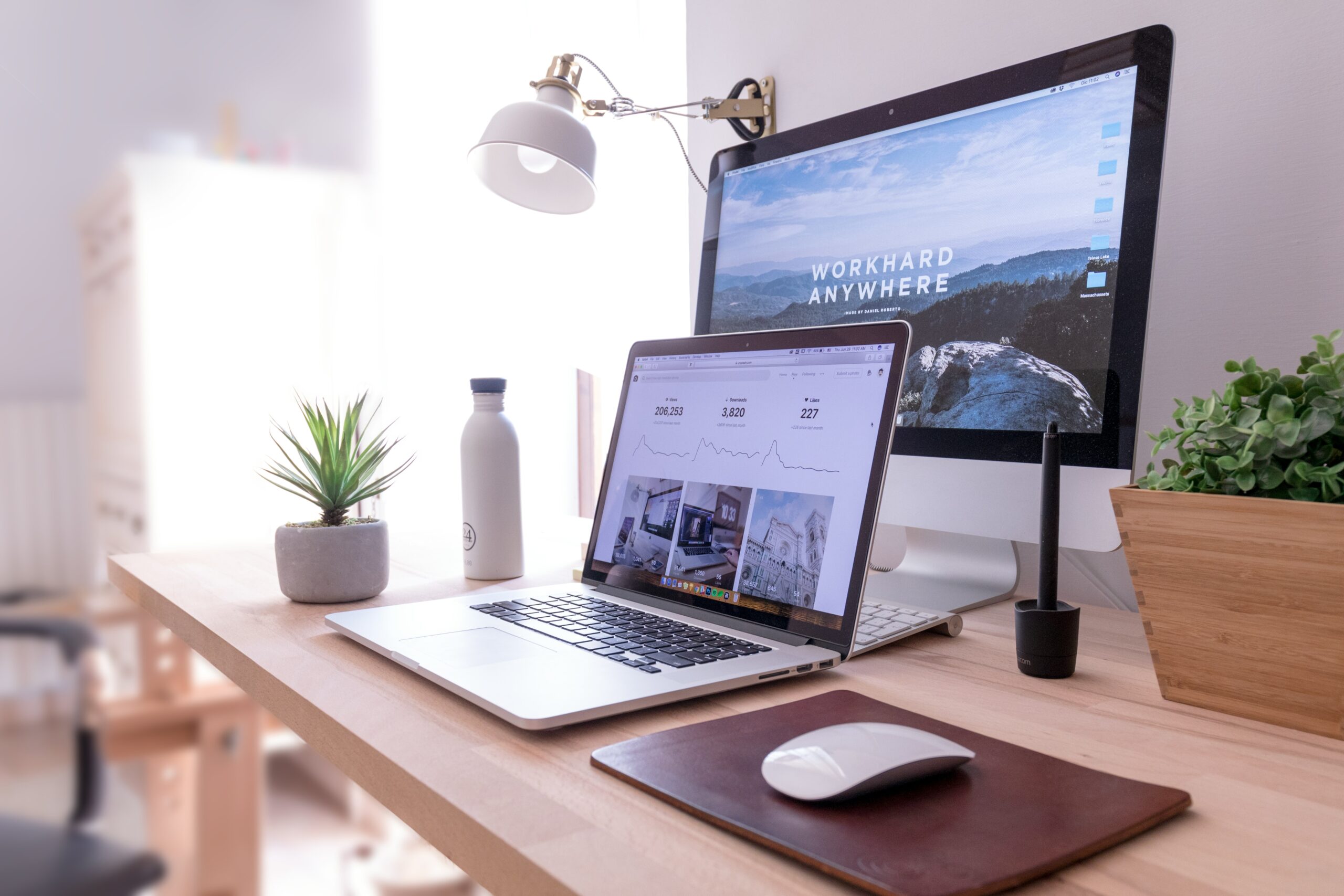Of course, when it comes to web design, you want your website to look beautiful, attractive and appealing to your target market and you certainly shouldn’t compromise on aesthetics when you’re first putting it all together.
But many people fall into the trap of prioritising style over function and this can have a significant impact on the performance of your business, affecting how well your site drives custom your way… particularly these days when competition is rife online, where everyone is fighting for a slice of the same pie.
No matter what business you’re in, you need to have a website that’s fit for purpose, one that signifies trust, experience and professionalism. If you fail in this endeavour, your customers will simply go elsewhere.
One of the best ways to keep your customers on your site and away from your competitors is to focus on page load times, one of the most important functions of any website in the digital age.
What is page load speed?
Your page load time is exactly what it says on the tin… how long it takes each of the different pages on your site to open. People online have very short attention spans and if the page they’re trying to access doesn’t load within three seconds (yes, it really is that short!), then they’ll lose patience and click off.
This will also have an impact on your search engine optimisation (SEO), as quick click-offs will affect your bounce rate and this can make it less likely that search engine spiders will crawl your site, so you’ll be less visible online.
So how can you improve page load speed?
Luckily, there’s lots you can do to make your site load more quickly, helping to improve the overall user experience and keep your customers engaged.
Firstly, make sure you’re using the correct image formats and compress them to improve load times. Remember that the bigger the images, the slower your pages will open.
You can also enable browser caching so that page data is temporarily stored in your site visitors’ browser. This means that returning users will enjoy faster load times because they won’t have to load as many elements.
Another option is to improve server response times, which can be achieved by upgrading your hosting plan and using a virtual private server. All you need to do here is chat to your hosting provider or a web developer and they’ll be able to find the best option for your site.
And, finally, consider optimising your technical SEO. This is a really effective strategy because page speed is a significant ranking factor these days. A site audit can be really beneficial, showing you what you need to do to improve site performance and start building a loyal following online.
Of course, it can be a little overwhelming at first… but if you need any help or advice, get in touch with the Rare Site Shop team today.




Comments +